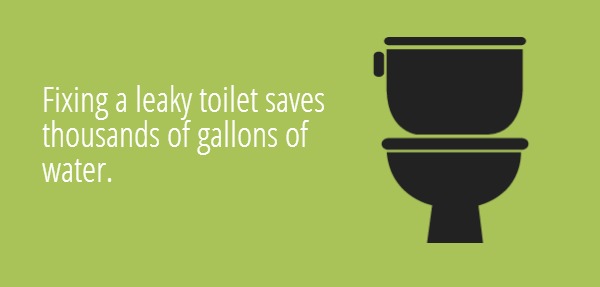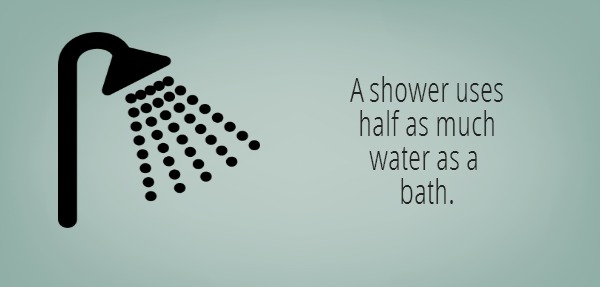This is the first installment in a seven-part Eco Tips Series. Go here to read previous installments.
According to Pittsburgh Today’s Regional Environment Survey, nearly 79 percent of regional residents believe there is little or nothing they can do to solve environmental problems. In light of this finding, Pittsburgh Today is producing this Eco Tips series, intended to show steps citizens can take to improve the environment. In today’s first installment, we focus on water.
Conserving water is important at a time when the world is growing thirstier by the day. And it’s easy for everyone to save a bit more water – and money.
Pittsburgh Today’s Environment Survey suggests many southwestern Pennsylvanians underestimate their water use. Some 78 percent said their households use less than 50 gallons of water a day. But, in reality, the average person in Allegheny County uses 80-100 gallons a day – or as much as 400 gallons a day for a household of four.
Small adjustments to daily routines save a lot of water over time
- Shower rather than bathe. A standard showerhead uses 38 gallons in 10 minutes. But a bathtub takes about 70 gallons of water to fill.
- Loading the dishwater saves water. Hand washing uses about 20 gallons of water per load. A standard dishwasher uses only 6 gallons.
- Take the car to the car wash instead of washing it in the driveway. Many car washes treat and recycle water.

Keeping your plumbing in top condition prevents waste.
- If nothing else, stop the leaks. Repairing a leaking faucet can save 10 gallons of water in a day. And a leaking toilet can waste 90,000 gallons of water in a month.
When buying appliances, choose to shrink your water footprint.
- Top-loading machines, unless they are energy-efficient, can use twice as much water per load than most front-loading machines.
- Newer low-flow toilets use a little more than one gallon of water per flush. Compared to a standard toilet, a low-flow model can save more than 20 gallons over 10 flushes.
Understand that water consumption is a critical global issue and even seemingly benign decisions about what you eat, how you travel and the clothes you buy have consequences. A cup of coffee, for instance, takes 55 gallons of water to make – mostly to grow the beans.
Like this article? Spread the word. Send this to a friend.
This is the first installment in a seven-part Eco Tips Series. Go here to read previous installments.





